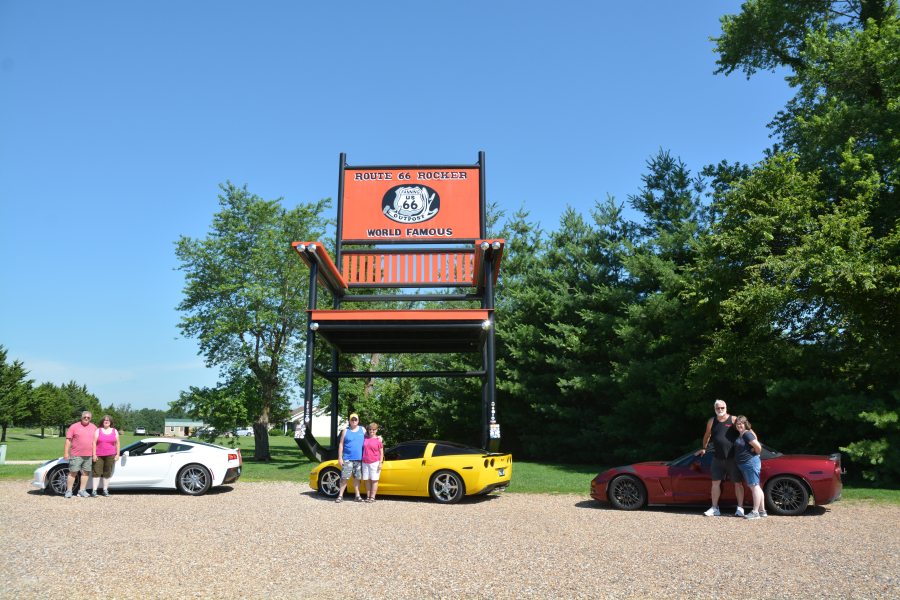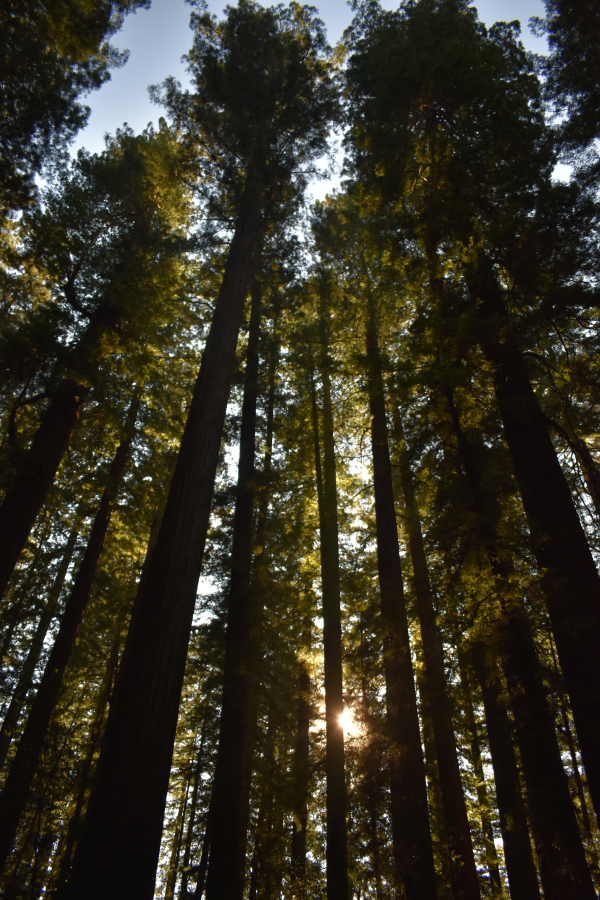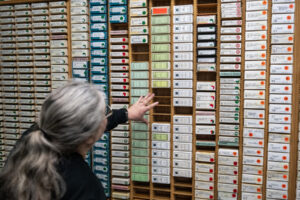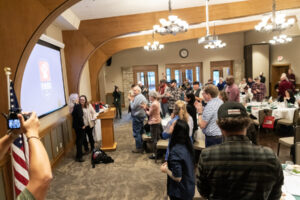Six friends, three Corvettes, 29 days, 28 nights, 17 states, 7,160.7 miles, thousands of photos and dozens of memories.
It all added up to the road trip of a lifetime.
Doug and Julie Norcross of Washougal joined Vancouver residents Arnie Hoag, Linda Wade and Rick and Bobbi Foster (a longtime Post-Record employee) on a journey across U.S. Route 66 earlier this summer.
Route 66 is one of the most famous roads in the United States, covering more than 2,400 miles from Chicago to southern California. Also known as the “Mother Road,” Route 66 served as a primary route for western settlers, especially during the Dust Bowl of the 1930s.
“I liked driving through the countryside, seeing all the varied things from big cities to small, places I’d never been before, meeting people who were all so friendly,” Doug said. “And (I liked) the fact that I was with good people the whole way.”
Doug and Rick, former co-workers at the Camas Police Department, started talking about a post-retirement Route 66 trip several years ago.





